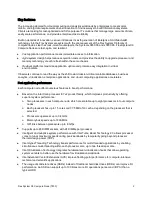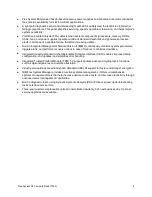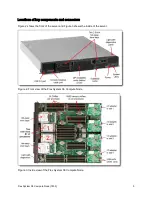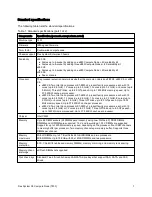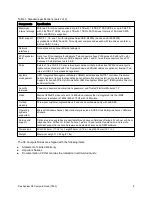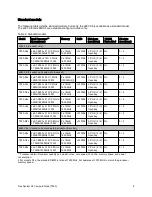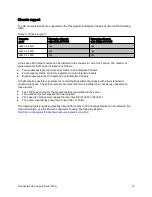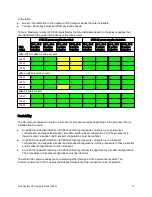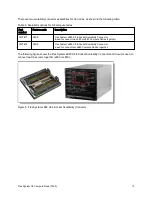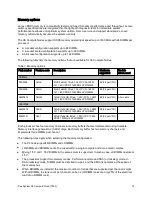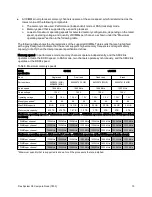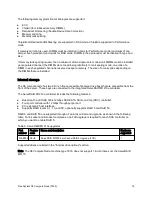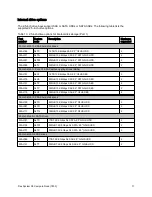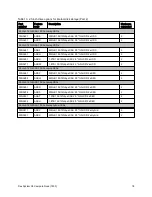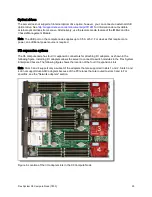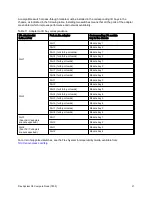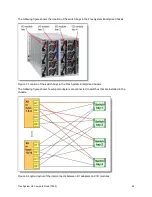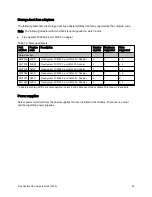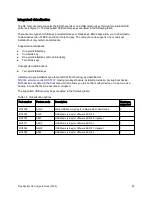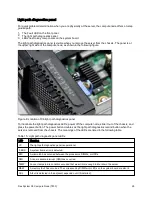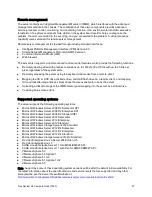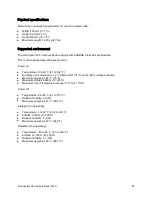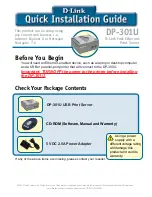
Flex System X6 Compute Node (7903)
16
The following memory protection technologies are supported:
ECC
Chipkill (for x4-based memory DIMMs)
Redundant bit steering (Double Device Data Correction)
Memory mirroring
Memory rank sparing
Chipkill and Redundant Bit Steering are supported in RAS mode. Chipkill is supported in Performance
mode.
If memory mirroring is used, DIMMs must be installed in pairs for Performance mode (minimum of one
pair per each processor) and quads for RAS mode. DIMMs in the pair/quad must be identical in type and
size.
If memory rank sparing is used, then a minimum of two single-rank or dual-rank DIMMs must be installed
per populated channel (the DIMMs do not need being identical). In rank sparing mode, one rank of a
DIMM in each populated channel is reserved as spare memory. The size of a rank varies depending on
the DIMMs that are installed.
Internal storage
The X6 compute node has two 2.5-inch front-accessible hot-swap drive bays that are accessible from the
front of the server. These bays are connected to the integrated ServeRAID M1210e controller.
The ServeRAID M1210e controller includes the following features:
Based on the LSI SAS 3004 12 Gbps SAS/SATA RAID-on-Chip (ROC) controller
Four-port controller with 12 Gbps throughput per port
PCIe x4 Gen 2 host interface
Supports RAID levels 0, 1, 10, and 1E; optionally supports RAID 5 and RAID 50.
RAID 5 and RAID 50 are supported through a Features on Demand upgrade, as shown in the following
table. For 4-socket and 8-socket complexes, one FoD upgrade is required for each SAS controller on
which you want to enable RAID 5.
Table 9. ServeRAID M1210e upgrades
Part
number
Feature
code
Name and description
Maximum
supported
00AE930 A5H5
ServeRAID M1200 Zero Cache/RAID 5 Upgrade (FOD)
1
Supported drives are listed in the "Internal drive options" section.
Note
: The X6 Compute Node, machine type 7903, does not support 1.8-inch drives nor the ServeRAID
M5115.

